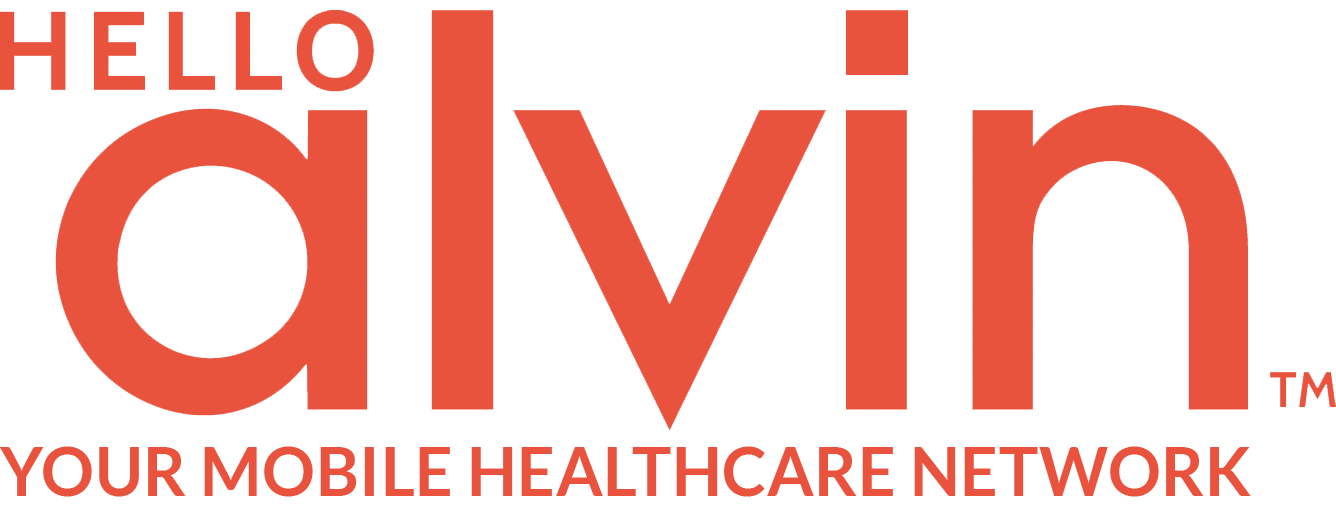Nobody plans on getting strep throat or twisting their ankle while on vacation or traveling for work. But when it happens, you can use your iPhone, Android or any mobile device to access a physician, get medical advice or, if needed, a prescription.
It’s called telehealth, the delivery of healthcare via phone, tablet or computer, and it has the potential to save every consumer – and our nation’s healthcare system, including employers — substantial amounts of time and money. Telehealth makes it possible for everyone to access quality, affordable care:
• Individuals with limited benefits or little-to-no insurance coverage
• Travelers who are on-the-road for business or recreation and need medical attention for non-emergent illnesses
• People who forget to pack their prescription medications – or simply run out of Rx products
Cost-Effective, Convenient
The fastest-growing segment of services in telehealth are those connecting consumers with clinicians 24/7. Typically, these are for nonemergency issues such as colds, flu, earaches and skin rashes, and they cost around $45 per consultation, compared with approximately $100 at a doctor’s office, $160 at an urgent-care clinic or $750+ at an emergency room.
Some direct-to-consumer services enable users to connect 24/7 via phone or video with a board-certified physician who can either prescribe medication or provide advice on what to do. They also offer nurse advice lines to provide answers to medical questions day or night, and the ability to email a specialist to get a quick response from a physician, dentist, pharmacist or other healthcare specialist.
The popularity of telehealth comes on the heels of a trend in which employers are moving away from fully-insured health plans toward self-insurance, as well as the rise of consumer-driven health plans or high-deductible plans that shift more of the cost-burden and decision-making responsibility onto the employees and their families.
Bottom line: Telehealth makes it possible for everyone to drastically reduce out-of-pocket medical expenses.
Saves Time, Increases Productivity
Scheduling a doctor visit requires time off from work, dealing with unpredictable medical bills, and long wait times. For many, it can take an average of 24 days to schedule an appointment with a doctor, and can mean waiting for at least an hour to see the doctor. With the growing doctor shortage, fueled by aging baby boomers and population growth, this situation is likely to get worse.
By providing access to medical advice more quickly than traditional office visits, telehealth can prevent individuals from needing care or getting sicker than necessary, and can also minimize lost productivity costs.
Finding the Right Telehealth Service
Employers and consumers should look for a direct-to-consumer healthcare service that offers comphrehensive, nationwide telehealth connectivy at a low annual rate that covers the entire family. The service should rely on the highest quality physicians and use a large number of guidelines developed specifically for delivering care remotely, including a five-point scale for determining whether a sore throat, for example, is likely due to streptococcus infection that warrants antibiotics.
By increasing access to physicians and specialists, telehealth can help ensure that patients receive the right care, at the right place, at the right time.
For more information, visit you can go to the following website: www.HelloAlvin.com.
What's Your Reaction?
The Hotel Guide Publisher | Host of "Travel Talk" Podcast | Leadership/Business Growth Strategist | Wellness Entrepreneur | Helping Businesses Scale from 110% - 683%










